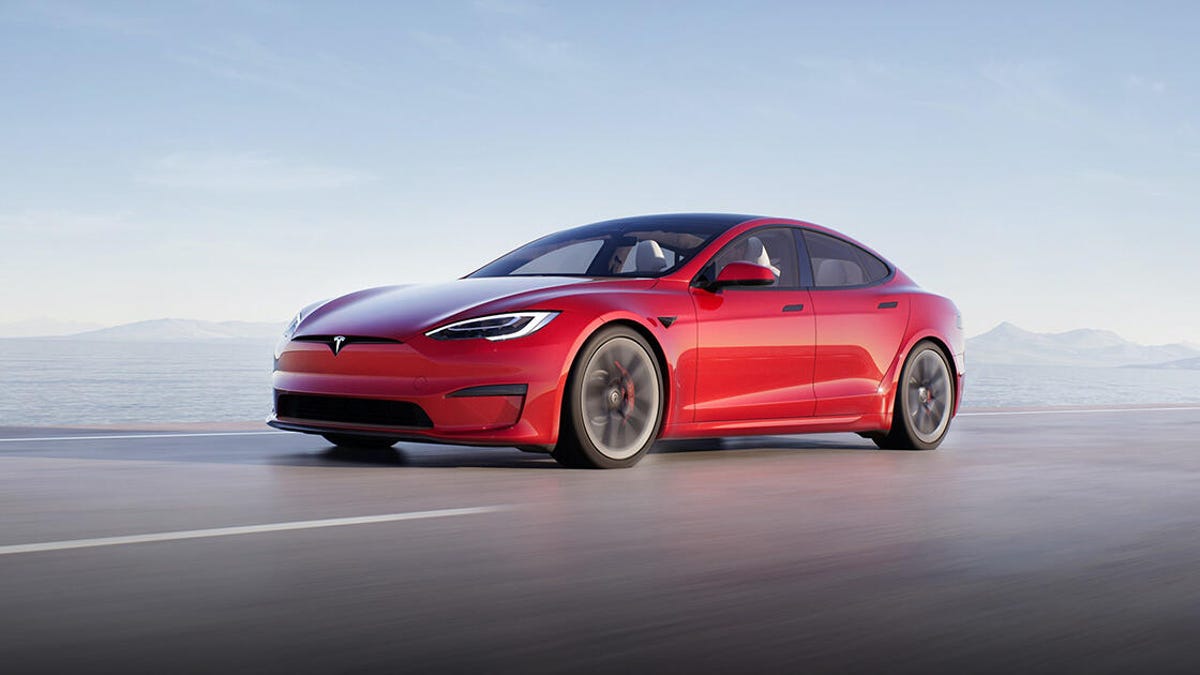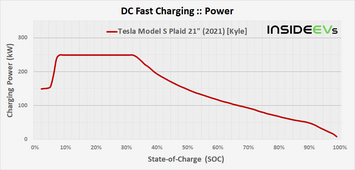Are you trying to say we got free watts from somewhere in the ether? Or it's like <1v @ 2000a for a fraction of a second while the motor spins up or what? Voltage is push, Amps are pull. Are you saying the model S motors are pulling 2000a? That doesn't sound right, I would be thinking a conductor somewhere would be a flashbulb. Feel free to educate.
It's called duty cycle of inverter.
Speed is almost zero, so power from batter and to motors is quite spall overall.
Pmotor = 3 * UPhaseNeutral * Iphase * cosphi
Iphase is very big (max torque) but UPhaseNeutral is quite small.
Excluding losses
Pbat = Ubat * Ibat
This excluding losses again you get yhe power balance between motor and battery
Ibat = (3*UphaseNeutral*cosphi/UDC) * Iphase
Where the first term is the small term as
@MattiFin suggested. This a small fraction of the amps required by the motor.
Your max power is only going to be at the peak of your acceleration cycle (max torque And max speed), then it's going to reduce to (max speed, friction compensating torque to keep constant speed).
EDIT: the easiest to understand this principle is a DC motor. In that case, across the motor terminals (output of your power converter) you have:
UDC(t) = Rwinding*IDC(t) + Lwinding*dIDC/dt(t) + UEMF(n(t))
Where UEMF(n(t)) is the motor EMF (or generator back-EMF) depending on the speed "n" it's turning at.
You *could* apply full voltage for a few milliseconds at the very start:
UDC(0) = 0 + Lwinding*dIDC(t)/dt (0) + 0
Or integrating (assuming linear increase of current)
IDC(t) = 1/Lwinding * UDC(0) * t
But given you have maybe 1-10mH or so, in a few milliseconds you will have reached your target current.
Say you apply 1000V just to make it easy for the calculations and your maximum current is 100A. Lwinding is 10mH. Then
100A = 1/(10mH) * 1000V * t -> t = 100A/1000V * 10mH = 0.1A/V * 0.01s = 0.001s = 1ms
And if you let the voltage that high you will hit your overcurrent protection (and if not, things are going to break).
Similar considerations can be made for AC motors, where on top of the voltage-speed characteristic you will have a electrical frequency-mechanical rotational speed characteristic and of course you have power factor, over modulation, third harmonic injection, and and and

.
EDIT 2: so at the very start, Uphase (or UDC) is simply Uphase = Rwinding*Iphase where your Iphase is the required torque to hold the standstill. Best example of this are cars/trains on a slope. Your torque is the torque required to NOT fall back the slope. Your current = f(torque) will determine the R*I steady-state voltage at standstill (zero-speed). But realistically, this is very low. Otherwise R*I^2 (winding losses) would be huge in your motor and your acceleration would suffer most likely anyways (low current, or need very high voltage to "push" the required current).






